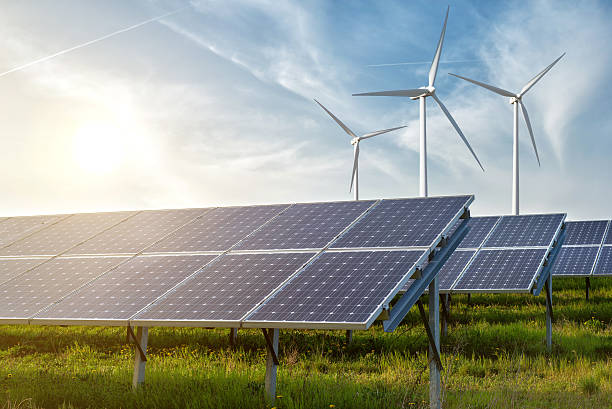
FAQ About Clean Energy
Clean Energy
2 years ago | gizem
How do clean energy and energy efficiency complement each other?
Clean energy and energy efficiency are complementary approaches that work together to achieve a more sustainable and low-carbon energy system. While they address different aspects of the energy challenge, their combination offers significant benefits for the environment, economy, and society. Here's how clean energy and energy efficiency complement each other:
- Reducing Carbon Emissions: Clean energy sources, such as solar, wind, hydro, and geothermal, produce electricity with minimal or no carbon emissions. By replacing fossil fuel-based power generation with clean energy, carbon emissions are significantly reduced, mitigating climate change. Energy efficiency measures, on the other hand, decrease energy consumption, leading to further emission reductions.
- Maximizing Impact: Energy efficiency measures aim to reduce energy consumption in various sectors, such as buildings, transportation, and industry. When combined with clean energy sources, energy efficiency maximizes the impact of renewable energy investments, as less energy is needed overall, and clean energy can meet a larger portion of the reduced demand.
- Grid Integration: Energy efficiency helps flatten and reduce energy demand peaks, making it easier for the electricity grid to integrate intermittent clean energy sources like solar and wind. A more efficient grid can better manage fluctuations in energy supply and demand.
- Cost Savings: Clean energy and energy efficiency together contribute to cost savings. Clean energy reduces the need for expensive fossil fuels and associated fuel price fluctuations. Energy efficiency measures decrease energy consumption, resulting in lower energy bills for consumers and businesses.
- Reliability and Resilience: Combining clean energy with energy efficiency enhances grid reliability and resilience. Energy efficiency reduces strain on the grid, and clean energy technologies with energy storage capabilities can provide backup power during emergencies or when demand exceeds supply.
- Job Creation: The combination of clean energy and energy efficiency creates jobs in various sectors. Clean energy projects require skilled workers for design, construction, and maintenance. Energy efficiency measures, such as building retrofits, create jobs in construction and related industries.
- Environmental Benefits: Together, clean energy and energy efficiency contribute to a reduced environmental impact. Clean energy sources minimize greenhouse gas emissions, air pollution, and water usage, while energy efficiency measures lower resource consumption and waste generation.
- Long-Term Sustainability: A holistic approach that combines clean energy and energy efficiency fosters a more sustainable energy future. Reducing energy consumption through efficiency measures helps ensure that clean energy investments can meet future energy needs more sustainably.
- Flexibility and Diversity: By combining clean energy and energy efficiency, energy systems gain flexibility and diversity. A diverse energy mix enhances energy security and helps mitigate risks associated with over-reliance on a single energy source.
